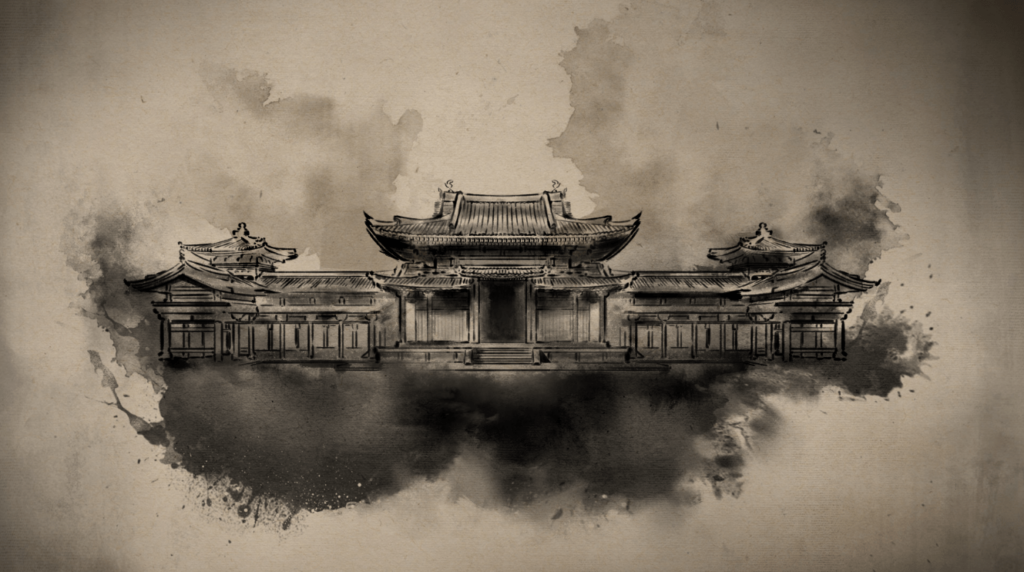
Japanese history is complex and fascinating, but the Heian period and its legacy are especially influential. This captivating era, spanning from the late 8th century to the late 12th century, is often hailed as Japan’s Golden Age. It is most notable for its artistic brilliance, refined courtly culture, and flourishing literary scene.
The Heian period draws its name from its capital city Heian-kyo, today’s Kyoto. Guided by Emperor Kanmu’s vision, the imperial court aimed to create a new capital free from the sway of potent Buddhist monasteries in Nara and in a location that would facilitate better trade. The era is recognized for the emergence of the samurai class. Ultimately, it would lead to the ascendancy of the samurai and the start of Japan’s feudal period.
A hub of cultural refinement and artistic expression, the Heian court bustled with sophistication. Aristocratic life was centered around elegant pursuits: calligraphy, poetry, music, and courtly rituals. This was the era that coined the term “waka,” a poetic form of channeling emotions, nature’s beauty, and everyday experiences.
No discussion of the Heian Period is complete without a nod to Lady Murasaki Shikibu’s “The Tale of Genji.” Often regarded as the world’s first modern novel, this masterpiece grants readers an interesting peek into courtly existence, romance, and human sentiments of that time. Its strong narrative and rich characters stand as a tribute to Heian literature’s complexity.
The imperial court at this time lacked its own army and relied on an organization of professional warriors, which over time led to the emergence of the Japanese military class. This gradually transformed the provincial upper class into majority samurai. Once the samurai aristocracy began seizing power through military might, the stage was set for the rise of the shogun and the massive civil war of the Warring States period. However, the legacy of the Heian period’s scholarly pursuits and artistic ideals remained even as Japan plunged into military rule and warfare.
In Tale of Ronin, players will encounter the legacy of the Heian period in the game’s narrative and visuals. The newfound peace of the Edo period allowed many to look back on the Heian period with an eye for nostalgia and learning. However, it may be impossible to truly recapture the peace of the Heian period while the Tokugawa clan rules Japan.